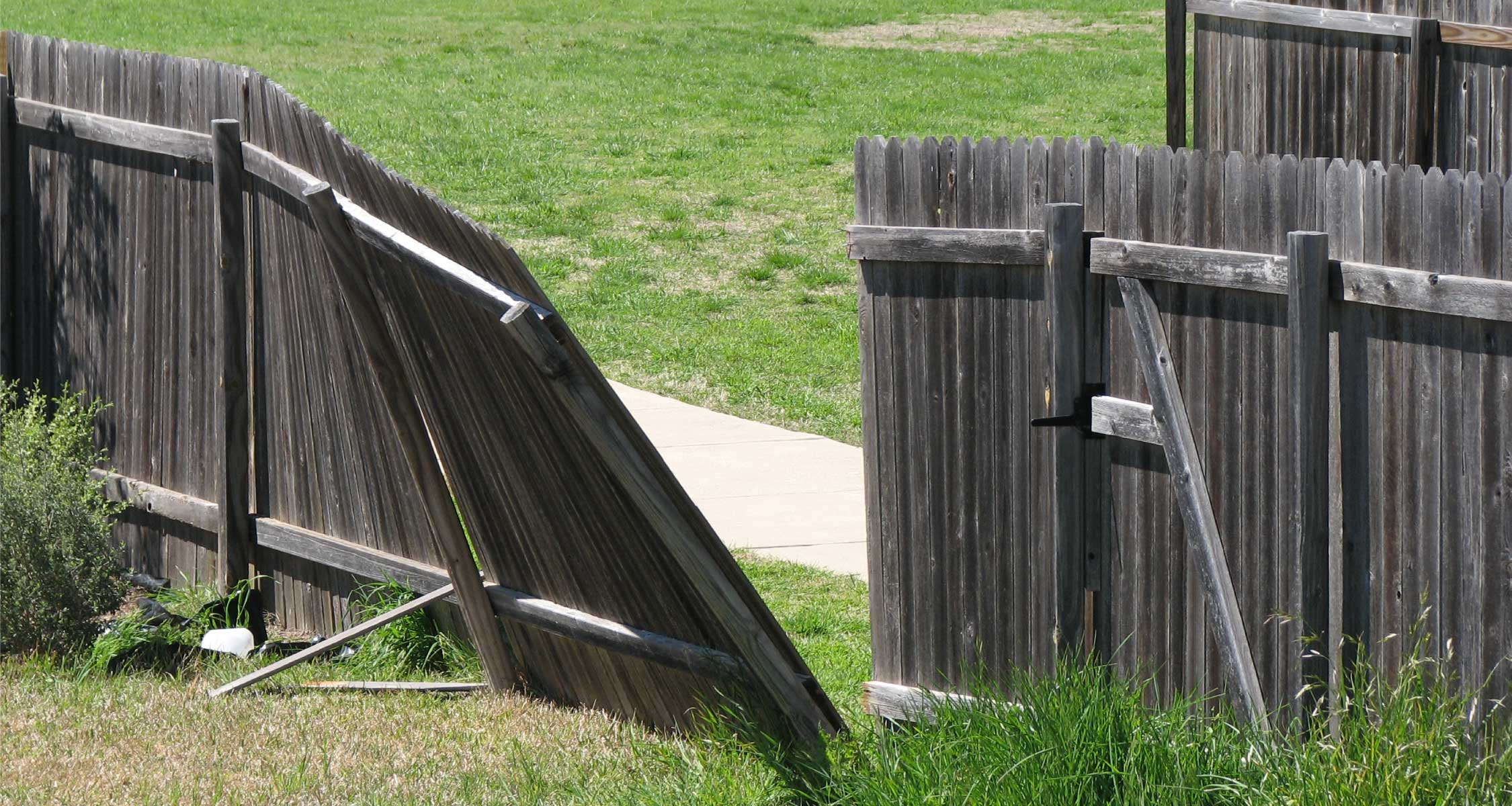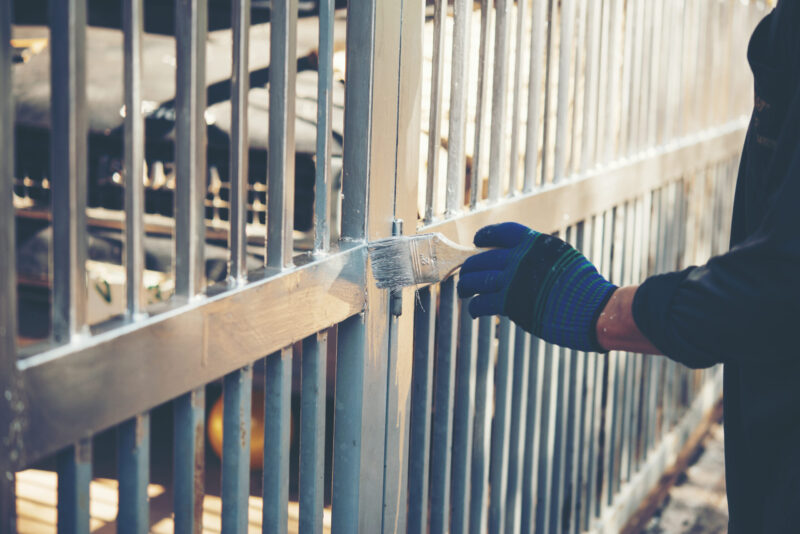Fences play a vital role in defining property boundaries and providing security and privacy for homeowners. However, common issues such as loose boards, leaning posts, and misaligned gates can detract from the functionality and aesthetics of a fence.
In this article, we will explore practical solutions for addressing these common fence problems to help you maintain a sturdy and visually pleasing boundary around your property. Whether you are a seasoned DIY enthusiast or a novice homeowner, this guide will provide you with the knowledge and tools to effectively mend your fence and enhance the overall curb appeal of your home.
1. Identifying Common Fence Issues
Identifying common fence issues is the first step in ensuring your fence remains sturdy and secure. From loose boards to gate alignment, these issues can not only be unsightly but can also compromise the functionality of your fence.

Loose boards can be caused by weathering, improper installation, or simply wear and tear over time. Gate alignment issues, on the other hand, may be due to settling of the ground or hinges that need adjusting.
By identifying these common fence issues early on, you can address them promptly and prevent further damage.
2. Repairing Loose Boards
To fix loose boards on your fence, start by inspecting the entire perimeter to identify any areas that need attention. Use a hammer and nails to secure loose boards back into place, making sure they are properly aligned with adjacent boards for a seamless finish.

If the board is severely damaged, consider replacing it with a new board to ensure the stability and structural integrity of your fence. Once all loose boards have been repaired or replaced, give your fence a fresh coat of paint or stain to protect it from further damage and enhance its appearance.
Regular maintenance and timely repairs will help prevent future issues and prolong the lifespan of your fence.
3. Fixing Leaning or Sagging Fences
When dealing with a leaning or sagging fence, there are a few key steps to take to ensure a proper fix. First, assess the extent of the leaning or sagging to determine the best course of action.
This may involve replacing damaged posts or reinforcing existing ones. Once the structural issues have been addressed, make sure to properly realign and secure the fence panels or boards to ensure a straight and sturdy finish.

Additionally, consider adding extra support, such as braces or tension wires, to prevent future leaning or sagging. Regular maintenance and inspections can also help catch any issues early on.
By taking the time to properly fix leaning or sagging fences, you can ensure the longevity and durability of your fence.
Conclusion
In conclusion, addressing common fence issues such as loose boards and gate alignment is crucial to maintaining the functionality and aesthetics of your property. By regularly inspecting and repairing these problems, you can ensure that your fence remains secure and visually appealing.
Additionally, considering materials like composite fencing can provide a durable and low-maintenance solution for long-term fence maintenance. Taking proactive steps to mend common fence issues will not only enhance the curb appeal of your property but also increase its overall security and privacy.
Remember, a well-maintained fence not only serves a practical purpose but also contributes to the overall beauty and value of your home.


